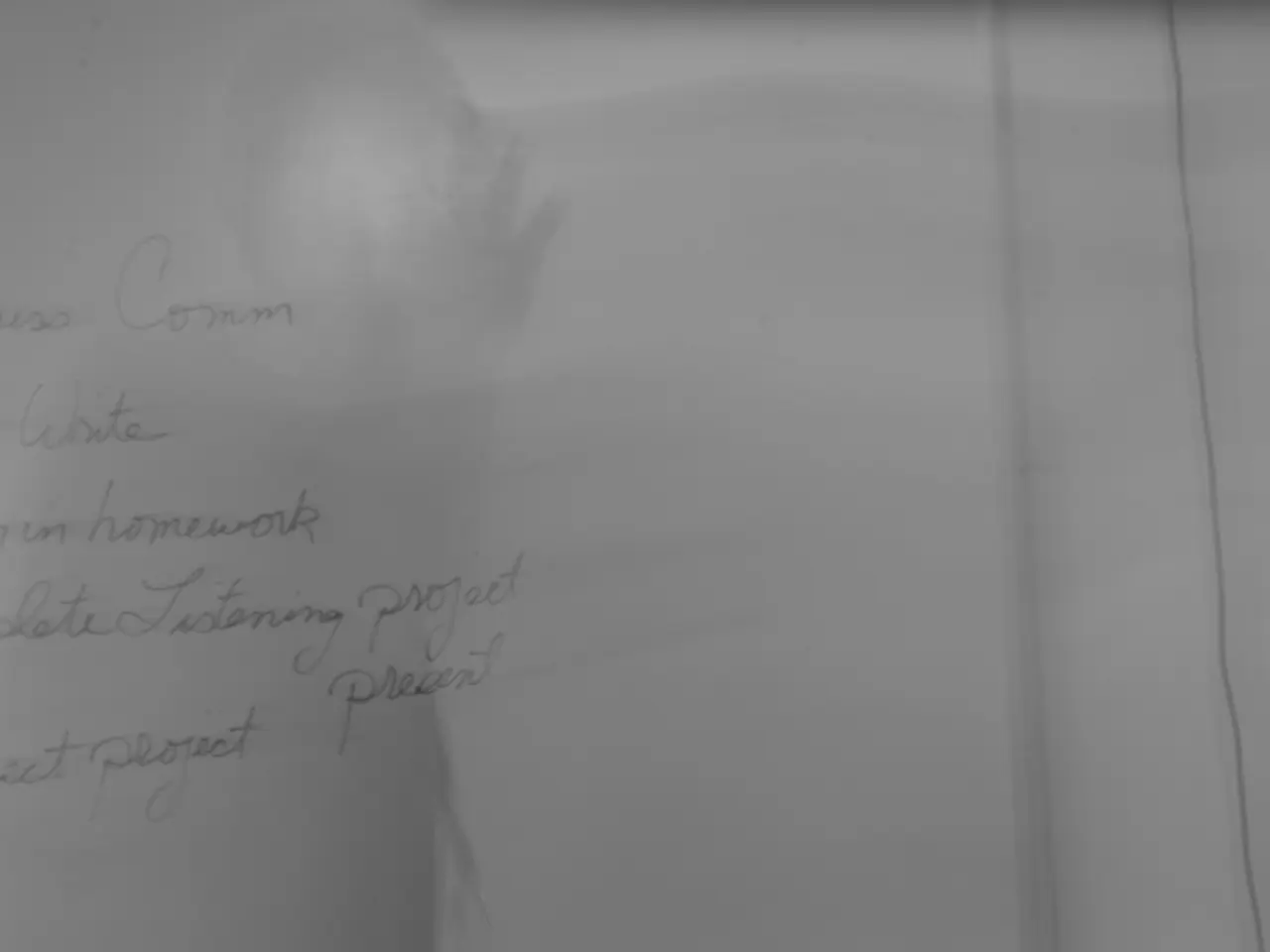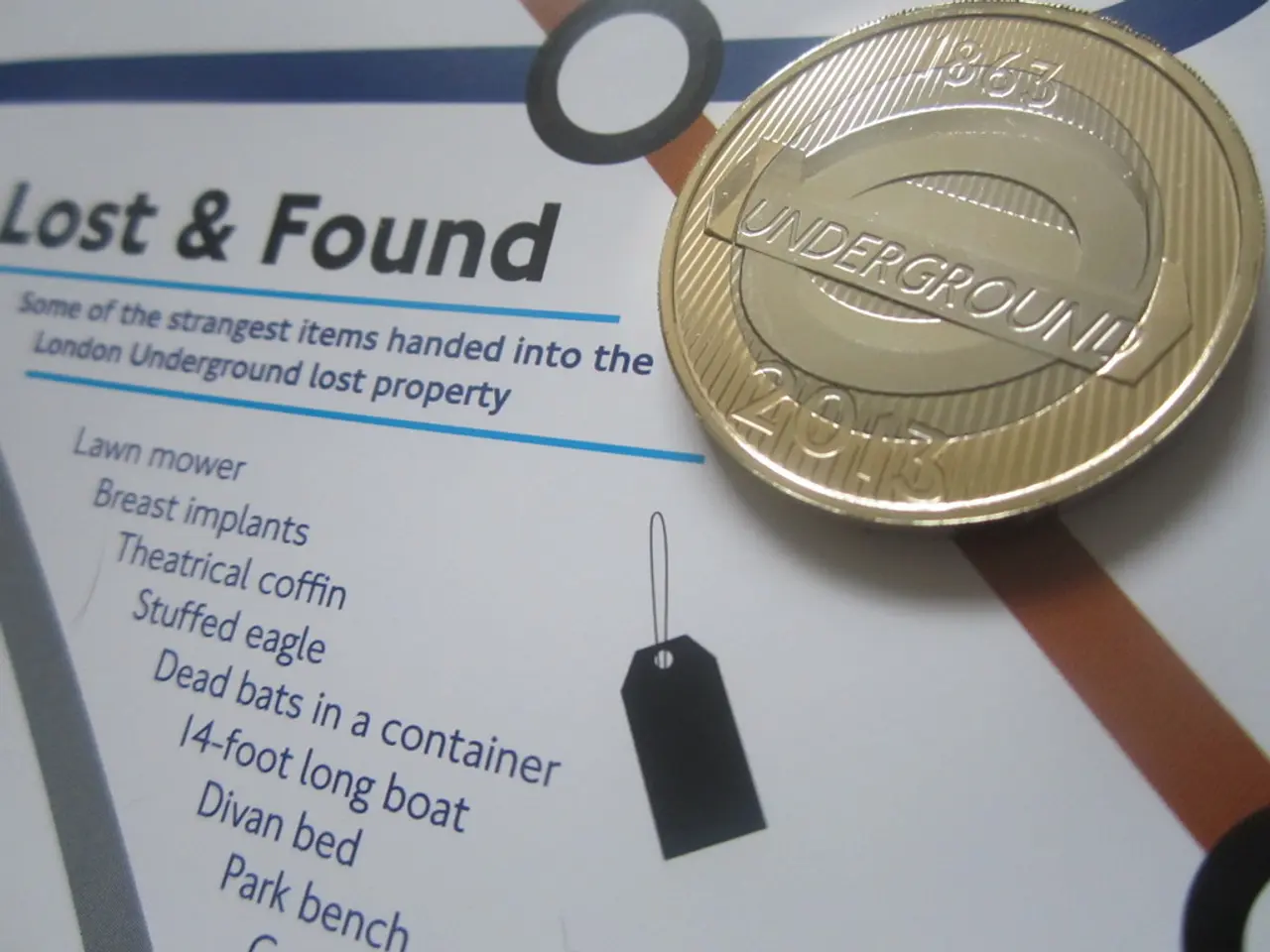Ant's Whale Implication in Tokenized Deposit Liquidity Uncovered in Project Guardian FX Document
In a groundbreaking development, leading institutions and regulators from various jurisdictions are collaborating on a unified framework for tokenized deposits to streamline cross-border payments. The initiative, detailed in a report by Ant International and the International Swaps and Derivatives Association (ISDA) under the Monetary Authority of Singapore’s Project Guardian, aims to reduce transaction costs and bring about a more secure and efficient payment system.
The proposed design principles and standards focus on standardizing practices around tokenized bank liabilities, enabling interoperability across different banks and platforms. This standardization is expected to facilitate smoother integration and broader industry adoption, overcoming existing challenges where tokenized deposits often work only within the clients of a single bank and are based on bespoke blockchain solutions.
The framework emphasizes the use of shared ledger (blockchain) technology to support tokenized deposits, enhancing transaction speed, security, and efficiency. Ant International’s Whale platform, for instance, utilizes blockchain, encryption, and AI to enable near-instant multi-currency foreign exchange settlement, reducing settlement times from days to minutes or seconds.
Risk management and control are also key aspects of the proposed framework. The report systematically elaborates on the key risks in payment systems based on shared ledger technology and proposes mitigation measures. This includes risk frameworks to ensure the safe use of tokenized bank liabilities in cross-border transactions.
ISDA contributes to the framework by applying its expertise from the Common Domain Model (CDM), a machine-readable standard specifying both data formats and processing workflows initially developed for derivatives and now extended to other financial instruments. Additionally, ISDA has developed a standard document for tokenized deposits applicable to foreign exchange trading scenarios, ensuring regulatory compliance and operational consistency.
The principles have been validated through real-world use cases, with major global banks like Citibank, HSBC, Standard Chartered, Deutsche Bank, and BNP Paribas collaborating on tokenized deposit services using these standards on Ant International’s Whale platform.
The report estimates that these principles could reduce cross-border transaction costs by an estimated 12.5% and save enterprises over $50 billion by 2030 by enabling faster, cheaper, and more secure payments.
This unified, secure, and interoperable framework combines technical standards, risk controls, and industry-wide cooperation to unlock the full potential of tokenized deposits in cross-border payments. Over the past six years, HSBC has used the Baton Core FX solution to process $9.4 trillion in transactions, while Ant International, supporting payments for 1.2 billion consumers and two million merchants, has integrated its Whale platform for treasury with many tokenized deposit platforms to deliver cross-border payments for its clients.
Collaborative efforts are also underway between other institutions, such as BNY and OCBC, which have been collaborating for two years to enable payments between their platforms using Hash-Time Locked Contracts (HTLC), a common escrow-like process used for the interoperability between permissioned blockchains.
However, challenges remain, such as the limited number of currencies supported by the main industry platform CLS. The OSTTRA solution for PvP, on the other hand, does not have a limitation on the number of supported currencies. There are also overlapping initiatives for standards in the tokenized deposit sector, such as a recent paper by JP Morgan and MIT exploring standards for bank tokens on permissionless blockchains.
The exploration is part of the Monetary Authority of Singapore's Project Guardian initiative, which is a tokenization sandbox. Notably, the report did not examine the Singapore-based Partior, which is in production, and some of its participant banks include DBS, Deutsche Bank, JP Morgan, and Standard Chartered.
In conclusion, the report advocates a unified, secure, and interoperable framework for tokenized deposits to revolutionize cross-border payments, addressing frictions such as high cost, delays, and lack of transparency. The framework, if successfully implemented, could herald a new era of faster, cheaper, and more secure cross-border transactions.
- The proposed framework for tokenized deposits, as detailed in a report by Ant International and ISDA, aims to standardize practices around tokenized bank liabilities, enabling interoperability across different banks and platforms, potentially overcoming existing challenges and facilitating smoother integration and broader industry adoption.
- Ant International’s Whale platform utilizes blockchain, encryption, and AI to enable near-instant multi-currency foreign exchange settlement, reducing settlement times from days to minutes or seconds, demonstrating the use of shared ledger technology to support tokenized deposits.
- ISDA contributes to the framework by applying its expertise from the Common Domain Model (CDM) and developing a standard document for tokenized deposits applicable to foreign exchange trading scenarios, ensuring regulatory compliance and operational consistency.
- The report estimates that these principles, if successfully implemented, could reduce cross-border transaction costs by an estimated 12.5% and save enterprises over $50 billion by 2030 by enabling faster, cheaper, and more secure payments, transforming the cross-border payments landscape.




